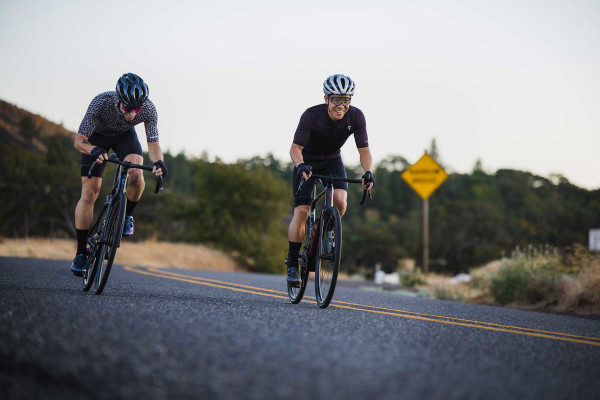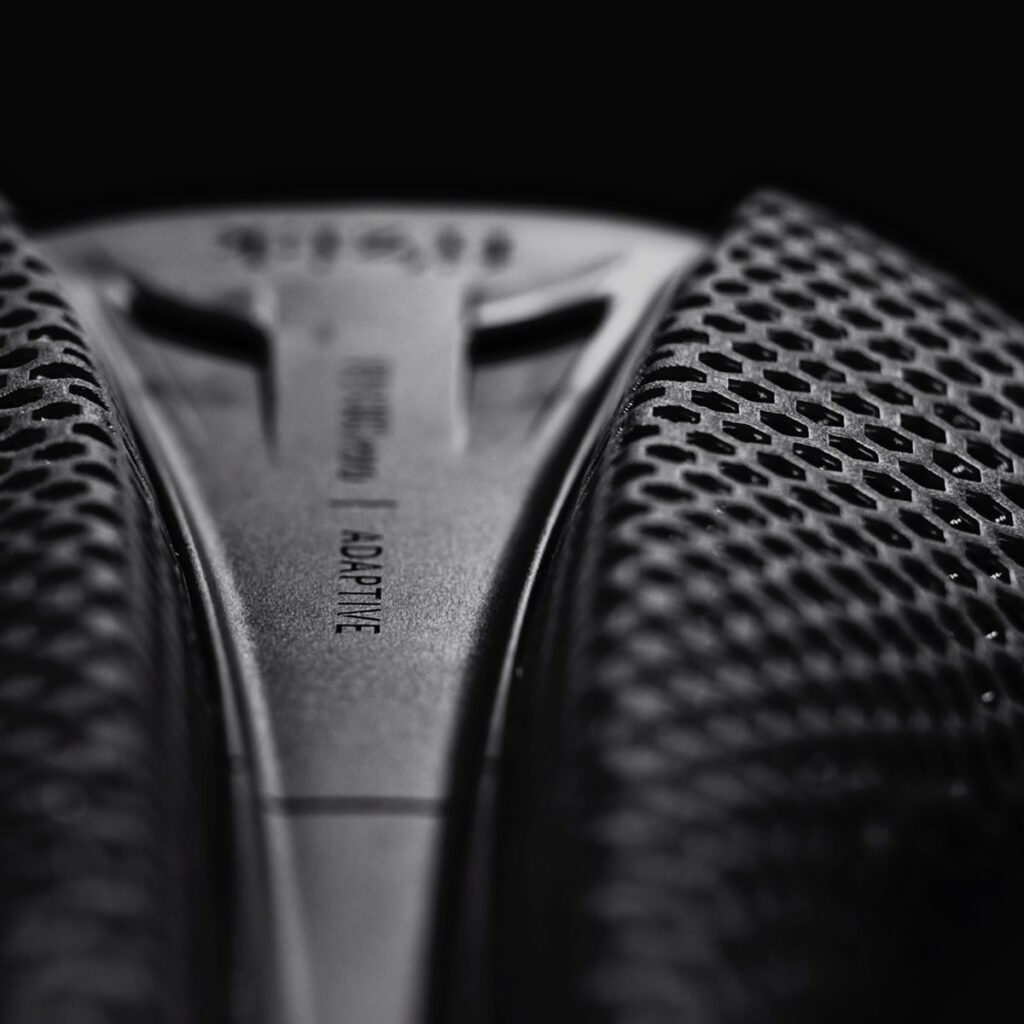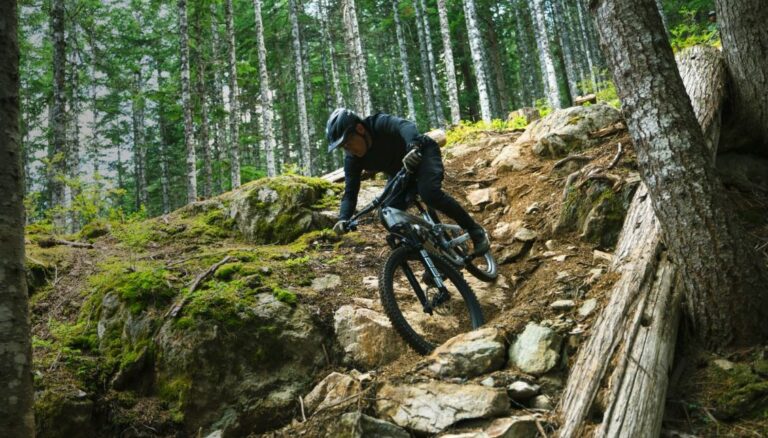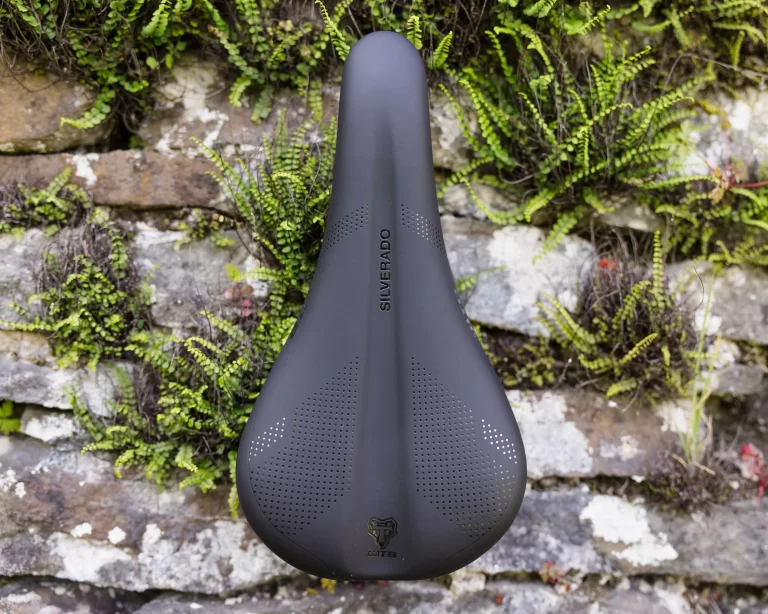Staying Cool and Comfortable: Benefits of Ventilated Road Bike Saddles

Key Point Summary of Benefits of Ventilated Road Bike Saddles:
- Enhanced Airflow: Ventilated saddles are designed to promote air circulation, helping to keep you cool and dry during rides.
- Improved Comfort: With better airflow, there’s less moisture buildup, which reduces the risk of chafing and discomfort.
- Weight Reduction: These saddles are often lighter, contributing to a slight decrease in overall bike weight.
- Aesthetic Appeal: Ventilated saddles come in various designs, adding a touch of style to your bike.
- Durability: Many ventilated saddles are made with materials that withstand the elements, ensuring longevity.
As a seasoned cyclist who’s spent countless hours racing and riding across all terrains—be it the rugged trails of mountain biking, the demanding courses of cyclocross, or the endless gravel roads—I’ve had my fair share of experiences with different cycling gear. One piece of equipment that often goes overlooked but has significantly impacted my comfort and performance is the road bike saddle, especially the ventilated kind. Now, let’s dive into the details.
Enhanced Airflow and Cooling
On a sweltering summer day, I remember tackling a particularly challenging climb on my road bike. The heat was intense, and I could feel the sweat pooling, creating an uncomfortable squelch with every pedal stroke. It was then that I decided to switch to a ventilated saddle, and the difference was night and day. The design of these saddles allows for better air circulation around the contact points, significantly reducing heat buildup and helping to evaporate sweat more efficiently. This feature alone can transform your riding experience, especially in warm weather.

Comfort Over Long Distances
Comfort is king, especially on long rides. The traditional solid saddles can trap heat and moisture, leading to discomfort and even saddle sores. My switch to a ventilated saddle made my long weekend rides much more pleasant. The improved airflow keeps the sensitive areas cooler and drier, reducing friction and the risk of chafing. It’s a small change that has a big impact on endurance and enjoyment on the bike.
Weight Savings
For those of us who obsess over every gram on our bikes, ventilated saddles offer a subtle advantage in weight reduction. Though the savings might be minimal, they contribute to the overall efficiency of the bike. On a climb where every ounce feels like a pound, having a lighter saddle can make the ride feel a bit easier. It’s a marginal gain, but in cycling, every little bit counts.

Aesthetic and Design
Let’s not overlook the aesthetic appeal of ventilated saddles. They often come in sleek, modern designs that can enhance the look of your bike. I’ve received numerous compliments on mine, not just for its appearance but also for its innovative concept. It’s a great conversation starter among fellow cyclists and adds a unique touch to your setup.
Durability and Maintenance
Initially, I was concerned that the ventilation holes might compromise the saddle’s durability or make it more susceptible to damage. However, my experience has been quite the opposite. Many of these saddles are constructed with high-quality materials designed to withstand the elements and the rigors of cycling. Additionally, they’re surprisingly easy to maintain. A quick wipedown is often all that’s needed to keep them looking and performing at their best.
In Conclusion
Switching to a ventilated road bike saddle has been one of the best decisions I’ve made for my cycling setup. The benefits of enhanced airflow, improved comfort, weight savings, aesthetic appeal, and durability make it a worthwhile investment for any cyclist, from beginners to those with mid-level experience. It’s a change that not only improves your performance and comfort but also enhances your overall enjoyment of the sport.
It’s a small adjustment that can make a significant difference in your cycling experience. In a sport where you’re constantly seeking improvements and efficiencies, sometimes the biggest gains come from the most unexpected places.

The Selle Italia SLR Boost Tekno is renowned for its exceptional combination of lightweight design, durability, and ergonomic features designed to enhance comfort over extended periods. It incorporates a cut-out to relieve pressure in sensitive areas and is constructed from high-quality materials, including a carbon shell for reduced weight and increased stiffness, and a Fibra-Tek cover for durability. The saddle’s design focuses on supporting the sit bones while minimizing pressure on soft tissues, making it a popular choice among endurance cyclists and those who spend long hours in the saddle.

FAQ
Should I use a noseless bike seat?
Whether you should use a noseless bike seat depends on your specific comfort needs, riding style, and any issues you face with traditional saddles. Noseless seats can reduce pressure in sensitive areas, making them a good choice for some riders, especially those with specific health concerns or discomfort with traditional saddles.
Do pros use cut out saddles?
Yes, many professional cyclists use cut-out saddles because they offer enhanced comfort by relieving pressure on sensitive areas, improving blood flow, and providing better ventilation during long and intense rides.
What makes a bike seat more comfortable?
A bike seat becomes more comfortable through a combination of factors such as the right width to match the rider’s sit bones, sufficient padding for cushioning without causing excessive pressure, a shape that suits the rider’s anatomy and riding style, and materials that provide support while minimizing chafing and heat build-up.
What is the purpose of the nose on a bike seat?
The nose of a bike seat helps in steering the bike with subtle shifts in body weight, provides stability for the rider, especially during aggressive pedaling or climbing, and aids in positioning and balance on the bike. It’s particularly crucial for performance-oriented riding where control and efficiency are key.





